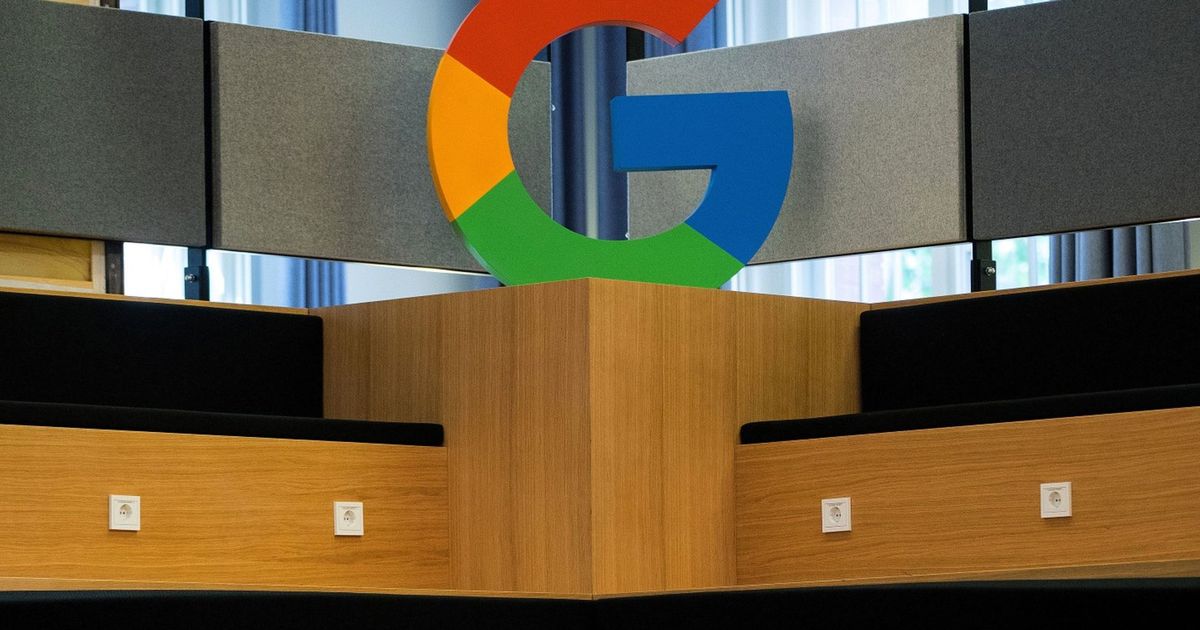Table of Contents
If you’re a regular reader of this blog, you’ve probably heard me mention that I’m a big fan of carbon footprinting. I think it’s a great way to understand how much environmental impact your actions have. And as an engineer, I also love the idea of reducing the amount of carbon dioxide (CO2) in our atmosphere by finding ways to cut down on greenhouse gas emissions.
But what if I had no idea how much CO2 my lifestyle generated? What would happen if I had no idea how much CO2 was coming out of my tailpipe?
That’s exactly what has happened to many people who are unaware of the real digital climate impact!
They were shocked to discover their virtual CO2 emissions and were shocked at just how big they were! This is because when we compare these numbers from one year to another, there can be large differences between estimates from different sources.
What is the big deal if I have a big virtual co2 emission?
The big deal is that you are not doing anything to reduce your carbon footprint. You are not reducing the amount of CO2 you emit by driving a car or flying, but instead, you are emitting CO2.
The virtual co2 emissions are calculated using a mathematical model that assumes everything we do and produce will have a certain impact on the environment. This includes all our activities, including eating food, drinking water, and breathing air.
The big problem with this is it does not take into account how much of the impacts we cause are due to individual actions and what type of actions they are. For example, if someone drives a car to work then that person will obviously have more of an impact than someone who walks there because they have more people in their vehicle than walking alone
If you consider that the amount of CO2 in the atmosphere is about 400 ppm, then your virtual CO2 emissions are much less than one percent of this value.
However, if you want to look at it from a different perspective, then it’s not so bad. If you have a large virtual co2 emission, it will take a long time for the real-world effects to be felt by your business or company.
Let me explain why:
1) The first reason is that you will have a larger impact on global warming in the future when you reduce your real-life emissions. For example: If you drive less than 5 miles per day, then your effect on global warming will be much more than someone who drives 50 miles per day. This is because there are many other factors that affect global warming such as weather conditions, industry, geography, etc., but if we consider these factors as negligible (for example: when it rains, everyone gets wet), then we can say that driving 5 miles per day has almost no effect on global warming compared to driving 50 miles per day.
2) The second reason is that even though your virtual co2 emission is small compared with others, it will still have an impact on you.
Internet The BIG carbon factory
The internet is a vast and complex infrastructure that emits CO2 every time someone uses a device connected to it. But how much? According to Greenpeace, if the internet were a country, it would be the sixth-largest emitter on the planet.

The Internet generates around as much carbon dioxide, a greenhouse gas that contributes to global warming, each year as all the cars in Germany combined.
Internet users are also responsible for powering their devices with electricity, which adds to global warming.
The average person uses a computer for 2 hours and 5 minutes per day on average — that’s enough time to drive from Los Angeles to San Francisco and back 10 times over!
To get a better idea of just how much CO2 our interconnected world pumps out, we turned to NASA’s Earth Observatory for help. They’ve created an interactive map that shows how much CO2 emissions are generated by different activities around the world — everything from power generation to transportation and agriculture.
Data centers and server farms are the biggest polluters
Data centers and server farms produce huge amounts of waste heat, which is usually released into the atmosphere as CO2. The amount of energy needed to cool these facilities, however, is significant – up to five times more than in a typical building.
The industry is working on technologies that use less energy and reduce the release of CO2 by as much as 90%.
The energy used by data centers and server farms in one year represents about 1% of global electricity consumption for business purposes. But if you compare this figure with the amount of CO2 emissions caused by data centers, it becomes clear how important they are for climate change mitigation efforts: they are responsible for around 5% of global CO2 emissions coming from business activities.
The average Indian creates about 1200 kg of virtual CO2 emission per year
This is the equivalent of the CO2 emissions from 7,500 liters of petrol and diesel. The CO2 emissions from cars in a country like India is a result of both production and consumption.
The production part includes the raw material required to build cars, including metals and plastics. The production also includes making components like engines, brakes, and tires. Cars are then assembled at factories where they are fitted with engines and other parts required to make them functional.
The consumption part includes the usage of fuel (petrol/diesel) for running the car engine, as well as its maintenance and repair.
The main reason why this number is so high is that we use more than 60 billion plastic bags every year! The average Indian consumes 8 kg of plastic bags every year. We also use a lot of paper products like tissues and toilet paper to get rid of our waste.
The other reason for this large number is that we have a lot of cars in our country – about one lakh cars are sold every day! If you add all these things together, it becomes huge!
Sending one email creates CO2
But how much? And what does it mean for our climate?
For the first time, scientists have created a global map showing the real-time impact that digital activities have on the atmosphere. The results are alarming: Sending just one email creates about 4g of CO2. If you send one email a day for 50 years, you will have produced enough CO2 to fill up around 12,000 balloons.
The map is based on data from the WRI Global Climate Change Initiative (GCCI), which has studied the footprint of different digital activities since 2011. It includes everything from phone calls and emails to social media posts and YouTube videos — even if they don’t use many resources like electricity or transportation.
“We wanted to understand how much humanity’s greenhouse gas emissions are being generated by digital technologies,” said GCCI director Patrick Vrain-Lucas in a statement. “This is important because we need to understand how we can make these technologies greener so they don’t contribute as much to climate change.”
Online purchases and services cause the most virtual CO2 emission
The leading cause of virtual CO2 emissions is online shopping. According to a report from the Institute for Energy Economics and Financial Analysis, online shopping accounts for 31% of all greenhouse gas emissions related to consumer goods in the United States. The report also says that while this number is down from 34% in 2016, it’s still a significant amount.
In addition to being responsible for more than half of all US greenhouse gas emissions, online shopping also causes more carbon dioxide pollution than any other activity in the country, according to an article published by The Guardian last year. This includes delivery services like UPS and FedEx as well as e-commerce platforms like Amazon and eBay.
The online retail market in India is growing at a rate of 10-15% per annum, which is equivalent to the annual growth rate of the country’s GDP. This has led to an increase in sales on e-commerce platforms like Flipkart, Amazon, and Snapdeal. The services industry is also booming with over 70 million startups being funded by venture capitalists across the world. With these two sectors contributing heavily towards global carbon emissions, it is important to understand how they are contributing towards climate change and what steps can be taken to mitigate its impact.
In order to understand this better, we need to look at some of the data from various studies conducted by various organizations across the world:
Online retail contributes 27% of India’s total CO2 emissions according to a study conducted by McKinsey & Company in 2011. This number is expected to increase by 2020 as online retail will account for 40% of all consumer goods sold in India at that time. In addition, online retailing contributes nearly half (49%) of overall consumer spending in India.
Facebook’s carbon footprint is huge.
Facebook is the largest social media platform in the world. It has more than 2.2 billion monthly active users as of March 2018, and its user base is growing rapidly. As of February 2019, Facebook had a carbon footprint of 1.5 million tons (1.6 million tons if you count indirect carbon emissions).
This is equal to the CO2 emissions from about 20 million passenger cars, or about one-quarter of all cars on the road today. That’s 5 years of carbon emissions from all the cars in the United States combined!
You might be surprised to learn that the internet uses lots of energy, and even worse, is creating a huge amount of virtual CO2 emissions – which are said to have an impact on global warming.
So what are you waiting for? It’s easy – reduces your emissions today by educating yourself about virtual and direct emission, I mean define and measure your carbon footprint and work towards offsetting your carbon footprint.







